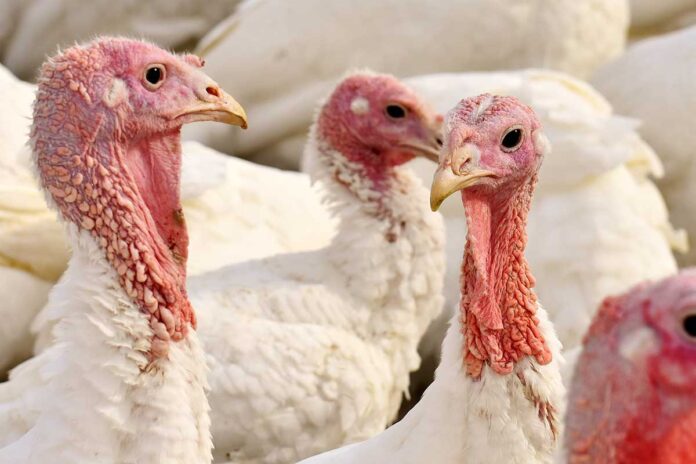
A funded research project at North Carolina State University in Raleigh, N.C. evaluated the pathogenicity of Cochlosoma anatis. The research was made possible in part by an endowing Foundation gift from Prestage Farms and is part of the Association’s comprehensive research program encompassing all phases of poultry and egg production and processing. A summary of the completed project is provided below.
Cochlosoma anatis is a flagellated parasite of birds that has been associated with enteritis and stunting in turkeys. Prior to this research there was debate regarding whether or not the parasite alone could cause disease symptoms or if co-infections with other parasites, such as bacteria or viruses, is necessary. As with other flagellated protozoa, there are currently no treatments available for this disease. Thus, not introducing C. anatis onto the farm is currently the only means of prevention.
The objectives of this research were to:
- Identify C. anatis reservoirs on production facilities,
- Identify factors associated with disease signs; and
- Test microorganisms and environmental stressors in a C. anatis disease model to determine if these stressors are associated with increased disease signs.
Identification of C. anatis reservoirs was inhibited by the same problems that plague most C. anatis studies, lack of validated research. Testing of published primers demonstrated they were ineffective in detection of birds infected with C. anatis. Due to Covid-19 protocols, the researchers were unable to travel to infected farms to sample potential reservoirs for live parasites. To move the research forward, C. anatis was partially sequenced and a new molecular diagnostic assay was developed. To confirm previous research that the finch could act as a reservoir for C. anatis, an infection study was performed. However, C. anatis isolated from turkeys failed to infect finches, suggesting C. anatis found in pet store finches is not the same as found in turkeys. This data does not preclude the hypothesis that small birds may be the reservoir for C. anatis, but it does highlight the limited amount of knowledge regarding this parasite.
Both field data and infection studies demonstrated that C. anatis alone causes severe enteritis resulting in increased feed conversion ratios and turkeys failing to gain weight. Although mortality was rarely seen in laboratory challenge studies when using C. anatis alone, compounding environmental and secondary disease factors could result in higher mortality. Field data and lab infection studies demonstrated co-infection of C. anatis with other disease-causing agents was more additive, than multiplicative. Thus, treating secondary infections will improve the disease outcome for the flock but not eliminate the loss of production due to C. anatis infection. When C. anatis infected poults were fed a diet with higher energy, they gained more weight than infected poults on a reduced energy diet. This data suggests that improvements in nutrition can affect the production outcome of an infected flock.
The disease challenge model developed as part of this research lends itself to a rapid product testing scheme. C. anatis colonized the small intestine of poults in similar numbers. Thus, a defined portion of the intestine from infected poults can be removed, the parasites isolated and microscopically counted. Comparison of body weights and parasite numbers from infected poults on test products and control infected poults can be used to determine if the test product has anti-C. anatis activity or reduces disease signs. Correlation between reduction in parasite numbers and alleviation of disease signs still needs to be accomplished, so care should be taken when extrapolating small reduction in parasite counts with product efficacy in the field.
A complete report, along with information on other Association research, may be obtained through USPOULTRY’s website, www.uspoultry.org

















